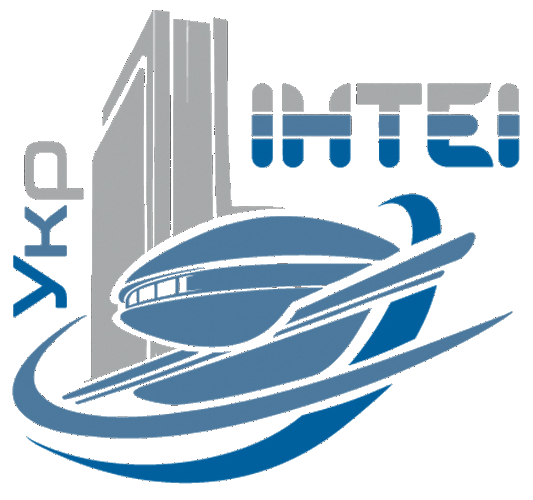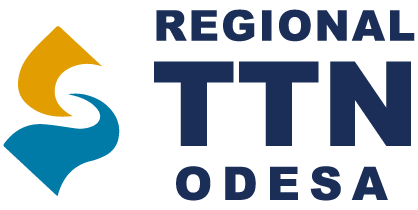How to create a successful startup
Let’s understand how to properly present your startup to investors, and what types of presentations are
In the past, I wrote about the steps needed to test a startup idea and the online resources that any startup needs.
Today, it will be about the types of presentations that a young company should have, and how to make sure that these presentations are of particular interest to potential partners or investors.
Presentations in the world of startups are called the English word “a itch”. The term was born in the early to mid-twentieth century and was often used in the combination of the sales pitch, that is, a sales pitch.
The point was simple – in a short time to convince the buyer that the service/product is better than the competition and it is necessary to buy it. At the end of the XX century, with the advent of Internet companies and startups, the term has caught on with new colors, gaining new types and even new techniques.
A startup patch is the most important thing to do early on. Without investors or partners, a young company will likely die over 99%.
So the first thing you can hear when networking or getting ready for a business meeting in the US is “send me your pitch.” Sometimes it is also called a “deck deck”.
pitches Type
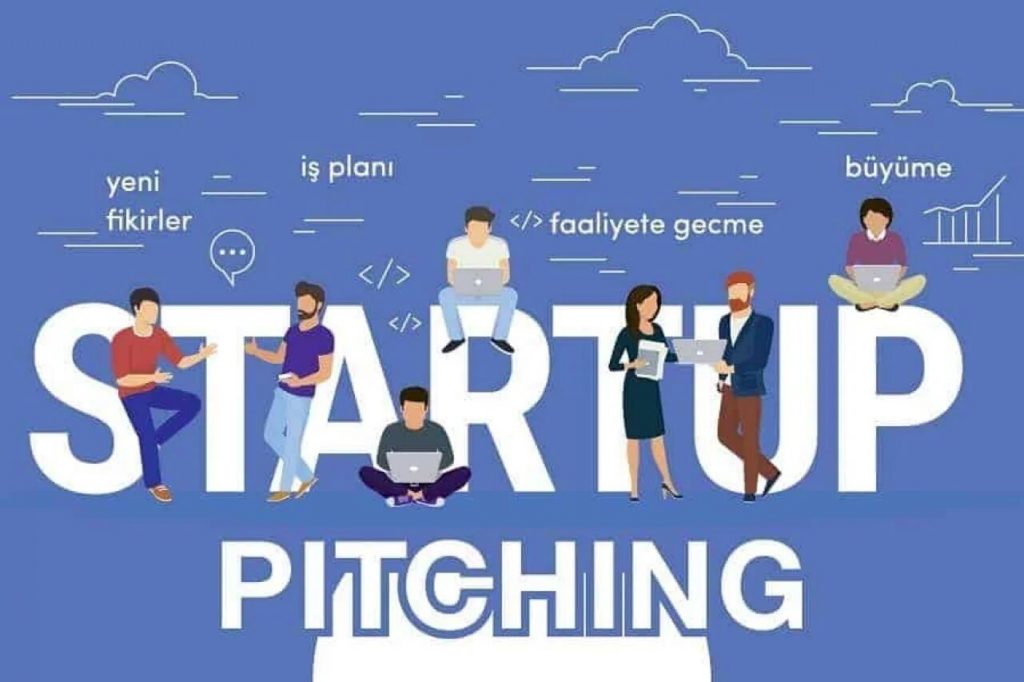
It is a misconception that a pitch is just a PDF presentation of a company or idea. This is a mistake because the pitch is much wider than a regular presentation.
There is another misconception that pitch should be maximally saturated with technological terms – this is not true either.
A conventional example: “Our company is a unified technological algorithm that will change the world by aggregating data in the artificial intelligence industry“, – it may sound beautiful, but there is no specificity here either for clients or investors.
In startups, the principle of “simplicity is the key to success” usually works. One of the partners of the legendary startup accelerator Y Combinator once advised me that a pitch should be understood by “mom”, be it the founder or the client.
If “mom” understands, so will the investor. “Mom’s” example, of course, is ironic, but it has a healthy grain: the pitch must be such that it is understood by the farthest from the specifics of technology or startups.
Having spent several years in the US industry startup as a company creator, mentor and independent speaker at various conferences, I have learned to identify three major types of pitches. The latter, depending on the context, has several points.
Let’s try to disassemble all of them in detail.
twitter-pitch
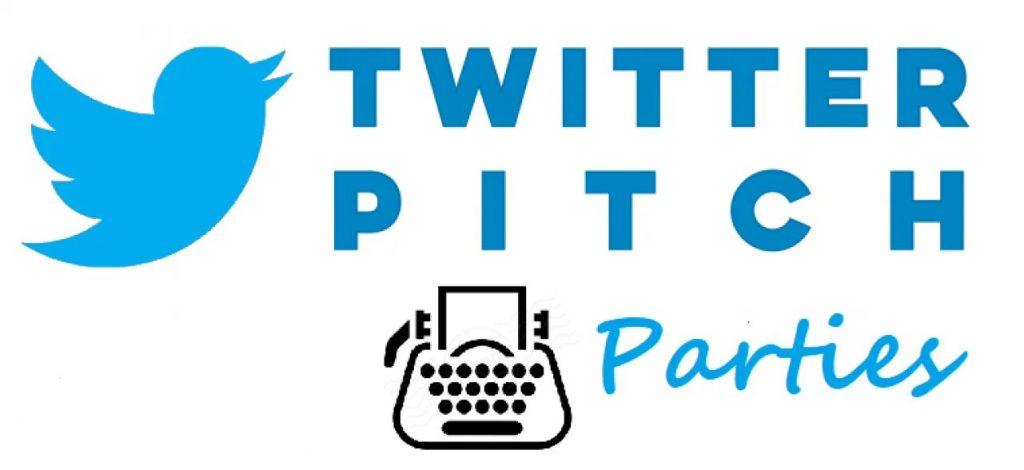
This is the shortest kind, also called pitch in one sentence. Its essence is banal – to fit into one sentence, preferably up to 10 words. At the same time, such a sentence should explain to any person that makes a startup and what problem it solves.
In this pitch you can use comparisons. For example, sometimes about my CruiseBe startup that helps plan cruises, I say, “It’s like Google Travel, but for cruises“.
Most Americans immediately understand what my business is doing, because the example of Google Travel is clear to them.
Possible variants of such patch: “It’s Uber for dogs”, “It’s a combination of Amazon and Facebook” and so on.
Elevator-pitch

The next type of pitch can be literally translated as “pitch in the elevator”. Its roots go back to the mid-1970s, before the boom in sales pitching.
The essence of this kind of presentation is also very simple: it is often difficult to arrange a personal meeting with an investor or big business owner, and sometimes not at all. But to meet them, for example, in the elevator – it is likely. This is the perfect time to briefly talk about your startup.
In essence, this pitch is an expanded version of a patch in one sentence. It is important to understand that the elevator-pitch should not take more than a minute, ideally 30-45 seconds. Sometimes the timeframe expands to two minutes.
A similar patch is built on a strict formula:
- greeting;
- grabbing a person’s attention by some fact that will shock her. The fact must be related to a particular problem;
- a brief description of the problem;
- a solution that a startup offers;
- final part.
The final part depends on what startups need from this meeting. The simple rule often works: “you want advice – you ask for money, you want money – you ask for advice“.
Therefore, it is ideal to end this pitch with a short, open-ended question that cannot be answered yes or no.
The formula of such a pitch can be a twitter-pitch with a 15-30 second filling or, for example, the phrase: “Hello! Did you know that N Ukrainians / Americans / Japanese daily / once a week / once a month spend hundreds of dollars/hundreds of hours on * be prepared to describe the problem *. My company has created a solution that will help them. * Description of solution *. Question or suggestion“,
The second variant of the elevator pitch may not be oral, but written text. Then it should fit in several sentences, preferably in one paragraph. The question is no longer needed and there are a few facts to add.
Presentation Pitch

This is the only kind of pitch that requires a pre-made presentation. Depending on the goals, it can be divided into several options: a pitch for partners, a pitch for clients (actually sales-pitch), a pitch for investors, a pitch for performances.
Generally speaking, all of these pitches combine into common rules, so I usually refer to them as one.
The main feature of these pitch is a pre-conceived and created visual presentation that is developed using a clear formula. You can take a pitch for investors as a basis and then add or remove slides depending on the context.
First, these are created, then a presentation is made and already on this basis a full speech is written.
Typical presentation time formats are usually 3-, 5-, and 10-minute presentations. Sometimes there are two-minute formats, but in practice, three minutes is cut.
A 1-minute presentation is an elevator pitch. Anything more than 10 minutes is most likely a conference presentation or an extended version of a financial-immersive pitch.
Most importantly, the presentation format in all these pitch is often not the same. Many investors recommend investing up to 10 slides – this is almost unrealistic.
Most often, a presentation of up to 15 slides will be considered adequate. Most likely, the presentation of 20+ slides will not even look.
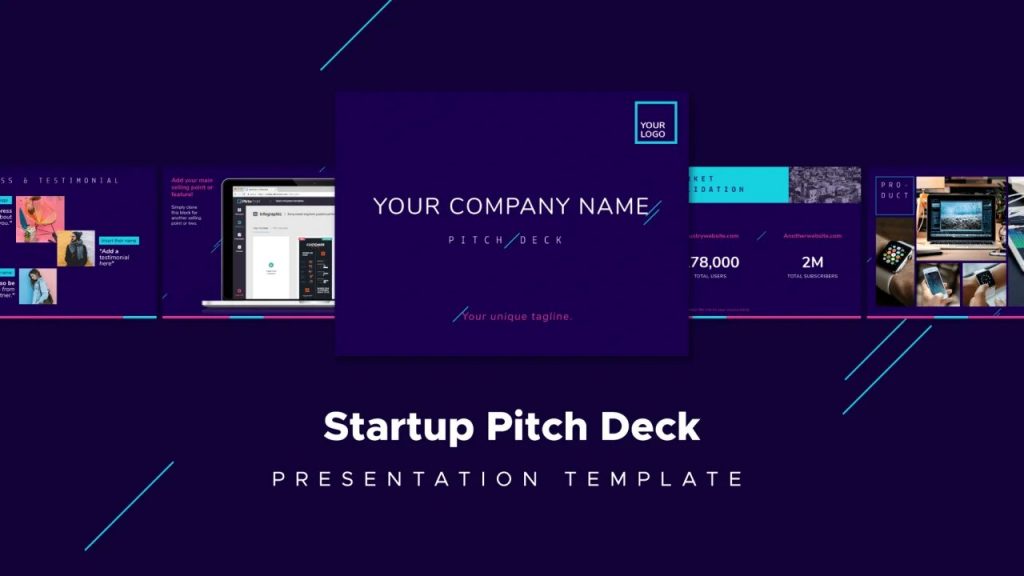
Usually presentations are constructed using the following formula:
1. Greetings (company name, sometimes creator names)
2. Problem (description of the problem that exists and which company is ready to solve)
3. Solution (description of the solution to this problem)
4. Product (which product creates a startup based on a solution from a past slide)
5. Description of the market (size of the potential market, number of potential customers, turnover in the market)
6. Competitors (sometimes they can be divided into specific parameters)
7. Competitive advantages (there are not enough common phrases – concrete facts about advantages over competitors are needed)
8. Business Model and Monetization (How a Startup Will Make Money)
9. Market entry * (as a startup going to capture the market and become a leader, at least in its niche)
10. Various metrics, KPIs * (for example, downloads, visits, registered users, but best when it comes to sales and growth)
11. Various forecasts * (for the next year / three / five years. These may be KPI-related forecasts, but financial forecasts work best)
12. Partners * (describes existing clients or partners. If it’s a B2C startup, you can describe the number of registrations, app downloads or clients)
13. The team (most investors pay attention to the team, not the idea or even the indicators of a startup)
14. Contact information (final slide with information on how to contact startup creators).
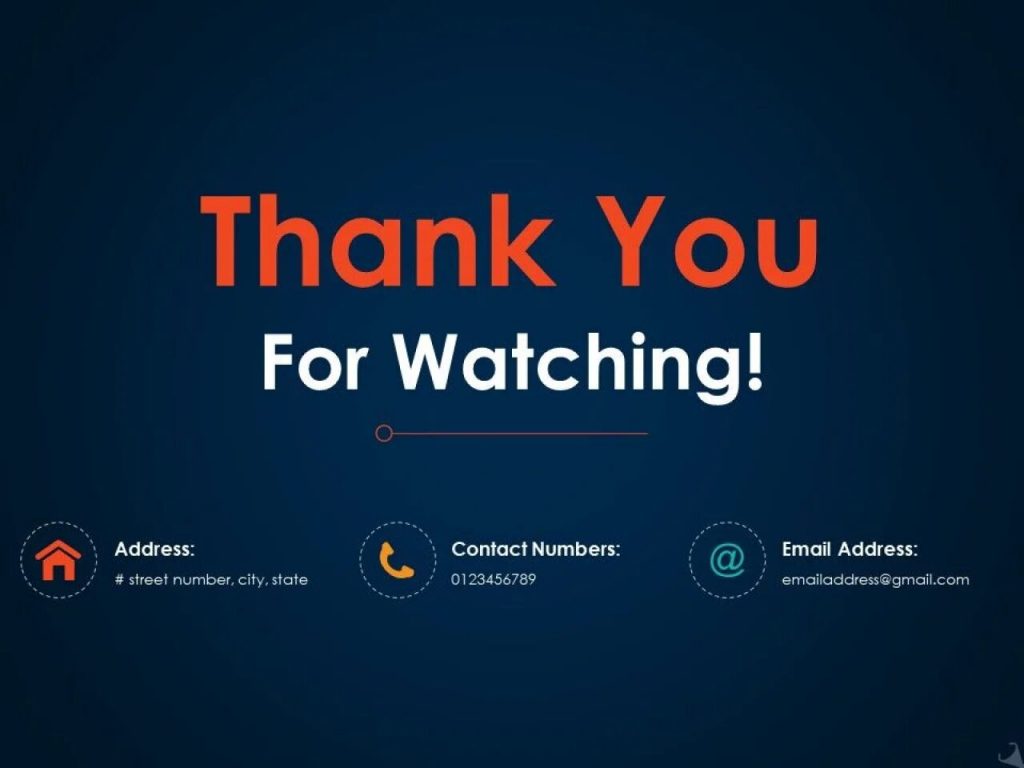
9-12 starred items are optional on a regular pitch, but having them can improve the chances of a startup.
In addition, for investment investors, slides are sometimes added with information about how much investment is required and on what terms, as well as a slide about where the invested money will go.
In the case of the performance pitch, financial slides and projection slides are usually hidden. In a partner or client pitch, you can also replace these slides and pay attention to the problem. Maybe paint it in a few slides.
General rules for presentations: the text should be readable and should be equal enough to understand the essence; better picture than text; For sellers, there is a 30/20/10 rule, which means a font size of 30, a maximum of 20 minutes of time, and no more than 10 slides.
This is certainly an exaggerated option, but it’s worth a look.
It is not worth repeating and copying the pitches of other companies, but it definitely makes sense to study the presentations of those startups that have become world giants – they can notice the general trends that lead to the formula outlined above.
Presentations and pitches are extremely important for a startup, but in reality, it’s not as difficult as described in various “motivational” books.
By following simple rules and formulas, any founder of a company can create these presentations in less than a week, and then focus on product development and attracting investment.
Source: nv.ua








